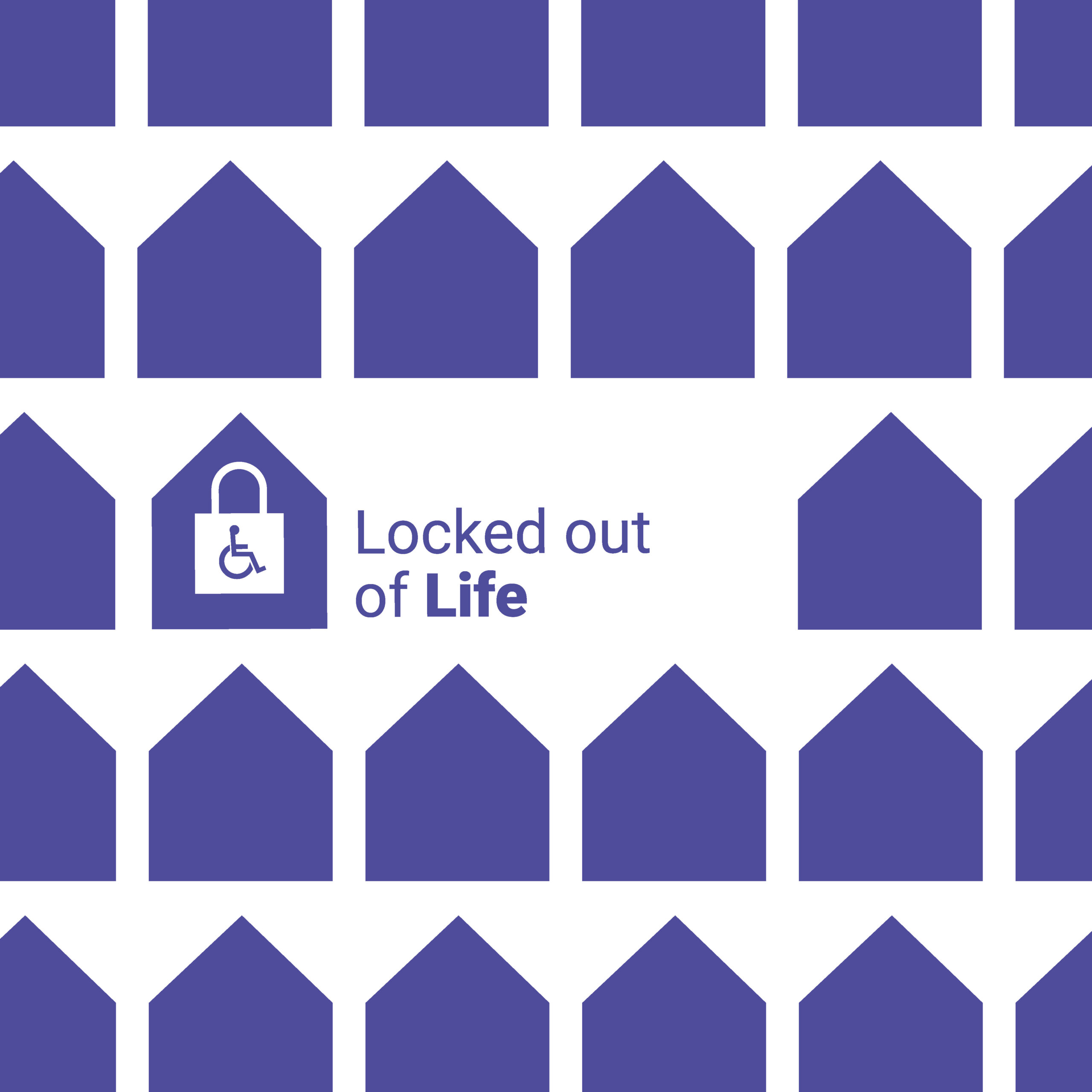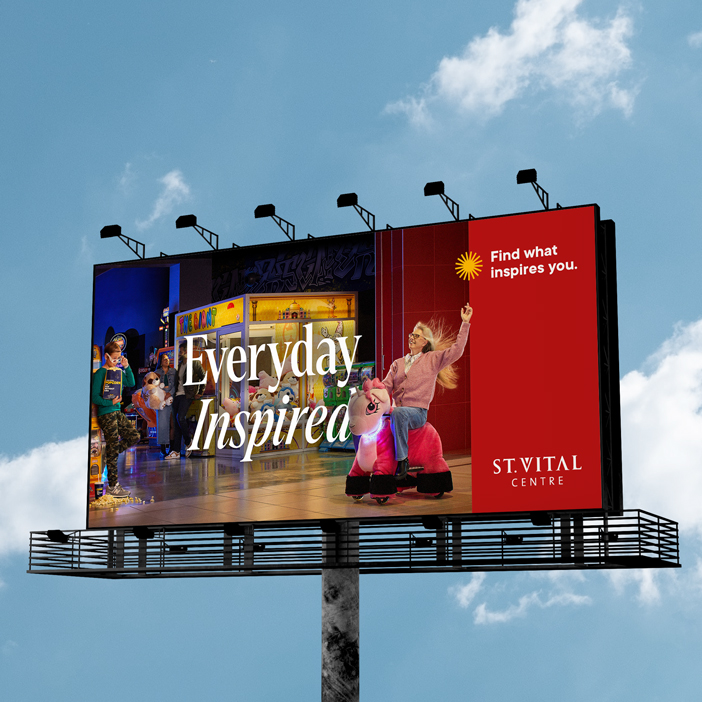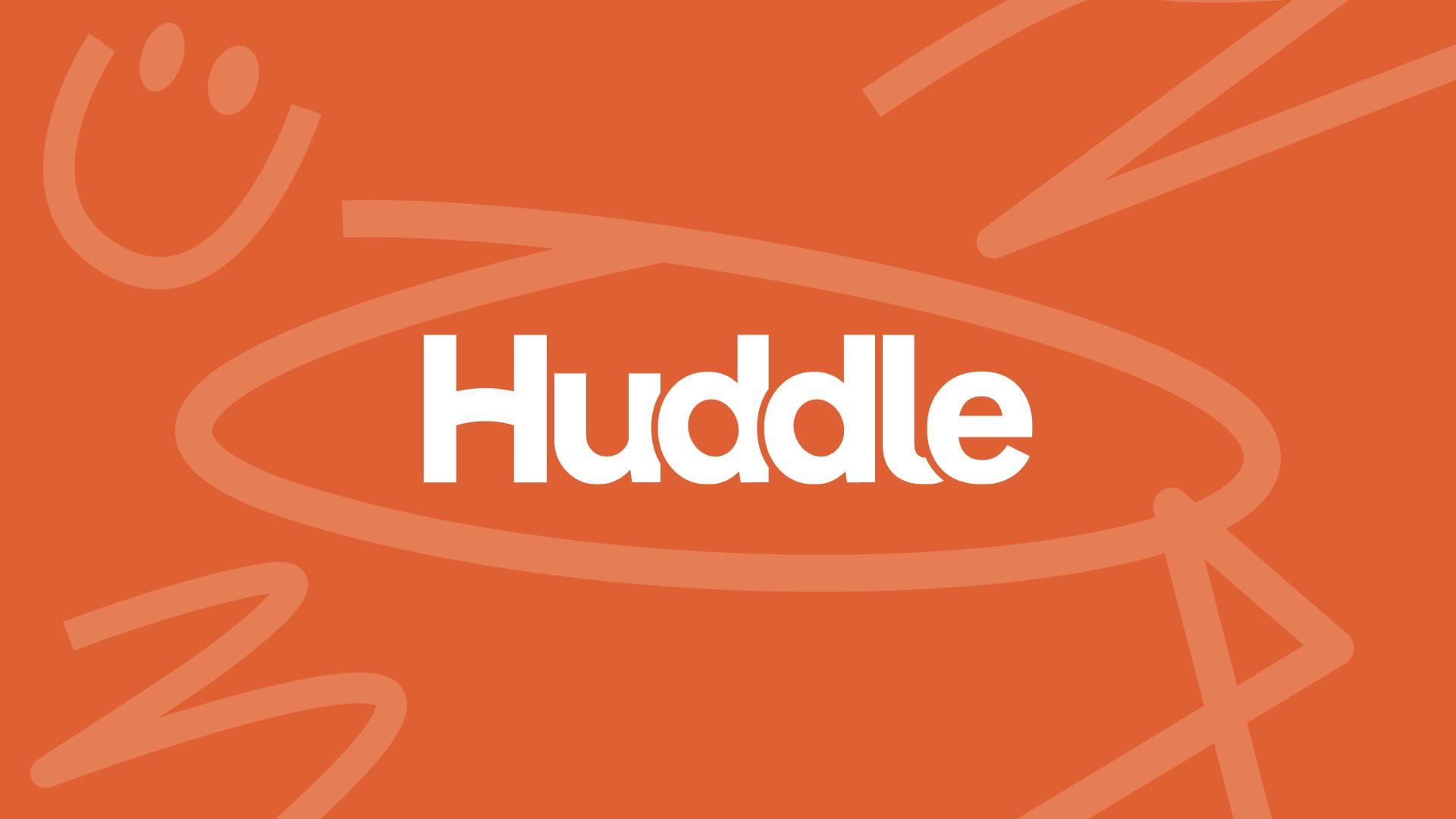How collecting life experience led to a shape-shifting role
It’s a tale as old as time: an overachieving student makes it into the “real world” and can’t handle the newfound structure.
I was thrust into the working world as a journalist with a low starting salary, a dress code and two-weeks’ vacation. I was 22, and I likely made a higher annual sum working at Boston Pizza part-time.
Needless to say, I wasn’t quite ready for these types of constraints, and I wanted the freedom to write the way my far more seasoned colleagues got to approach assignments.
My manager issued an ultimatum that I essentially needed to “learn the rules before I could break them,” and I subsequently handed in my loosest-structured lede yet. I was let go.
It’s easy to look back at this now and see a few things: that I wasn’t quite ready for a “real” job; that I had a problem with authority (whoops, still kinda do); and that I craved creative freedom in a role—even when I didn’t yet have the track record to back it up.
Learning things that you never say in a job interview
Looking back, it’s easy for me to feel some empathy for the younger me, but I really was being defiant—a bit bratty, honestly—and it stirred up my professional path irrevocably. (Things you obviously never say in a job interview.)
It did lead to my next, entirely unexpected career, however—a four-year stint in the costumes department in film. I started out by volunteering on a Guy Maddin set, then a mentor tapped me to get into film training.
I learned so much about film production; a lot about devoting time to gain a new skillset; and honestly, a lot about myself. I loved working on a creative project with lots of people—everyone played a part, and at the end of the shoot, there would be a tangible thing that would exist, that didn’t exist before. (I also got to see a set run by Hollywood-calibre directors and learned how to navigate and recognize a good callsheet—a skill that is still one of my most prolific today.)
Finding your calling in project-based work
Project-based work seemed to be my calling—to make something, then start anew. But—after some time, the 14-hour days caught up to me. Searching for a 9-to-5, I got back into writing and landed a job as an editor for a boutique publication company.
I got to hone my writing skills in a more flexible environment—sharpening my style, and suggesting most of my assignments, too. I didn’t call all of the shots, though—I learned to roll with any task I was given and to make the most of it. I have always loved an excuse to talk to people and ask them about their passion or expertise, and this led to a happy chapter of honing my writing and interviewing skills (and even flying a Cessna for a first-person article at one point?! Wild).
For my next trick: having skin in the game
I made my next career move into marketing—the career I still haven’t left. I learned a lot by having skin in the game—being accountable to influencing actual condo sales taught me to appreciate the bets our clients are taking on us every time. But I found my favourite part of my previous role at StreetSide Developments was branding each new development—getting to write a story, name each development, and work alongside graphic designers to influence its visual identity—then dreaming up offbeat marketing campaigns to see results.
While this was the final chapter before my start at UpHouse, I’ve been at UpHouse since it was just Kiirsten and Alex and our very first clients. I got to not only see and play a part in the agency’s growth from 3 staff to 45, but I’ve gotten to learn from these deeply talented, immensely creative and hardworking co-owners and find myself operating on the same rhythm.
For almost 7 years, I’ve done every role from client management and billing, to business development, production coordinating, wardrobe shopping (yep, it came in handy!) and pretty much everything in-between.
Locked out of Life — The first Locked Out of Life was essentially my first agency project/campaign. I felt so emotionally connected to the work and it lit a fire to do some really career-defining best work right out of the gate (with lotsa, lotsa help + mentorship from Al Pal + co!). We ended up raising enough attention that they won a precedent-setting legal case for adults with disabilities, as well as some national advertising awards (icing on the cake!).
St. Vital Centre — The St. Vital videoshoots felt career-defining for me too, mainly because it utilized my callsheet prowess to the best of my abilities and a lot of what I know about creating a safe and comfortable space onset. This was all cast using real locals and done in the live mall, with 50 or so people involved, so there was lots of room for it to go wrong, but our planning and staffing made it go so swimmingly! (What can’t we do?!)
Huddle — Can’t leave out Huddle! Huddle taught me so much about the best practice of involving people with lived experience in brand development. In this case, the youth essentially dictated how they wanted to be connected with, and that became the fabric of the brand, so it was impossible for them to not welcome it with loving arms when it was finished!
I’ve noticed lately that there are plenty of young, talented people asking about the creative director role, and this is my long-winded response to say:
Creative direction to me means collecting a bunch of life experience, and making it count for something.
Every skill and every job I’ve ever had has come in handy here because the industries and work we touch is so diverse.
I’ve sharpened my key creative skill: writing, through years of practice, and my various experiences let me shape-shift into the shoes of our clients to know what it’s like to have skin in the game, only recommending things I believe in.
I now play the roles of a video director, writer, brand strategist, presenter and ideator, but I still know how to draft the best callsheet.
For me, it’s been stacking my experience to get to a place where I trust myself to make the final call. But I’ve also got an entire team to lean on to bring their talents to the equation, meaning I never rise or fall on my own. It’s project-based work at its finest, and people playing their part to make something new in the world. We’re even trying to leave the world a little better.
And while it’s not exactly what I first set out to do in the “real world,” I wouldn’t trade it for anything. And I know I have every little decision and misstep, or “life experience” along the way, to thank for it.
To recap, here are Bren’s hot tips to a career as a Creative Director:
1. Collect life experiences (especially the stuff you don’t put on a resume)
Being a creative director means showing up consistently in a lot of different scenarios and trusting yourself (and being trusted) to make the final call. The best way to build that confidence is to have a lot of experience getting through sticky situations and coming out the other side. (The only way out is through.)
2. Master the less flashy skills
You won’t be handed a high-profile title until you’ve shown up in all of the other, less flashy ways. Build the callsheet, draft the questions, buy the props, run the interview, book the film insurance. Get used to coming through for your team and being reliable. It’s also best to know what other peoples’ responsibilities look like when you become a leader/mentor and to understand the importance of each role.
3. Be personally responsible
This is an UpHouse “house rule” that was largely influenced by the way Bren shows up. Act like you have skin in the game, and commit to owning the results of your work, and your team’s work—for better or worse. If you want to have a lot of autonomy and freedom in your role, start by putting yourself on the line.






